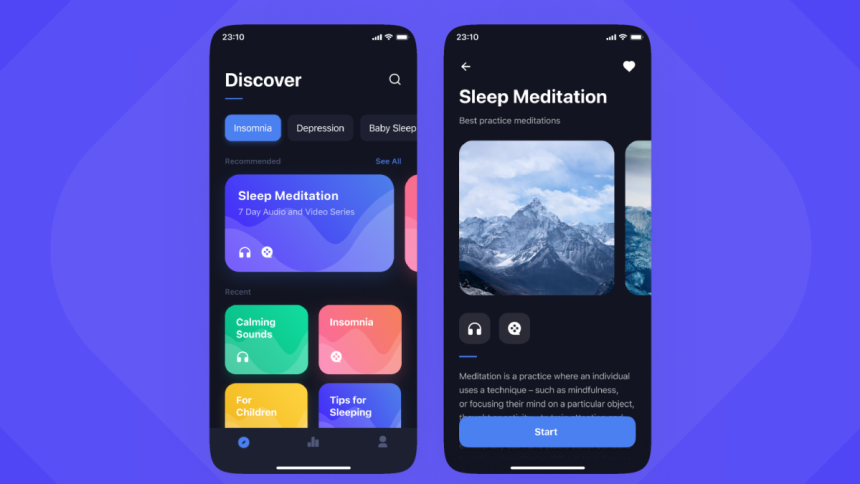Employees have always had a fairly linear existence in their jobs. They are recruited, hired, onboarded, retained, developed, and ushered out the door when they leave. Whatever position in whatever company, these are the basic events that occur with regularity.
Enter the employee journey map, where workers are not treated as a monolith. Rather, companies recognize there are many possible touchpoints and moments in the employee experience. And making that experience the best it can be involves providing recognition and support when employees tend to need one or the other.
An employee journey map is a visual representation of experiences employees encounter during the lifecycle of their employment. If you want their experience with you to be fulfilling, you’ll have to consider the details. But if you’ve done your map well, you won’t get lost in the weeds.
Invest the time, energy, and human resources into the effort and you’ll reap the rewards of happier, more productive teams. Here are five tips for creating an employee journey map for your enterprise.
1. Understand Why You’re Creating One
Building a great employee experience isn’t just the purview of your human resources team. Of course, their role in creating and implementing an employee journey map is crucial. But it takes involvement and commitment at all levels, beginning with everyone understanding the potential of employee journey mapping.
Start by setting goals for your map. Perhaps you want to develop one to improve the recruitment and onboarding experience. Maybe you’re focused on ways to retain employees longer. Or maybe you’ve figured out there’s not enough support for workers on leave or those experiencing major life events.
When you begin mapping the employee experience, you’ll need to take it a chunk at a time. Setting goals will focus your efforts by helping you set priorities. Then, you can get everyone else on board, working together to create a good map, right out of the gate.
2. Get A Lot of People Involved
Creating an employee journey map should be a collaborative effort. Remember, employees are a diverse lot. The more variety among those who are involved, the better the map and, therefore, the employee experience will be.
Don’t fall into the tendency to treat employees all the same. Those in the same position will share similar journeys. But individual differences will make them unique. For example, female employees may have dissimilar experiences than males, or white workers compared to those of color.
Diversity is key to effective collaboration, problem-solving, and innovation. These are all items you need when you create your employee journey map. Best of all, involving a lot of people in the process will encourage their buy-in and commitment.
3. Assign Ownership Along the Way
Your employee journey map is going to have many touchpoints along the way. At each one, someone is responsible for providing help, support, or for recognizing an employee who reaches that moment. The only way to ensure employees receive what they need is to make someone responsible for it.
As an example, HR, IT, and team leaders may be assigned ownership of mapped moments during onboarding. Not only is assigning ownership necessary to task completion, but it’s also a way to empower those involved. They will invest in the process and in the employees who reach milestones they’re responsible for.
Ownership should be among your workplace core values. Where the employee journey is concerned, that investment is critical to the employee experience. Make sure everyone knows what their role is and that they need to own it.
4. Get Personal
Keep in mind that employees have a work life and a personal life. And while they are different, they aren’t necessarily separate. After all, what happens when employees are off the clock will affect their attitude and performance when they are.
Your employee journey map should include significant personal events, such as birthdays and anniversaries. You’ll be prepared to celebrate them in whatever ways make sense for your company. The map should also incorporate major life events, such as marriage and divorce, births and deaths, and others that are life changing. Employees will need your support.
The personal touchpoints of the employee experience have perhaps never been so important. Employees are trying to strike a healthy balance between their jobs and their personal lives. Knowing that their employer has their backs in both makes the journey a far better one.
5. Strive for Continuous Improvement
Maps are rarely stagnant for long. New roads, closures, detours, and bypasses constantly change the route. Your employee map will fluctuate as well. It’s not a problem, but rather, an opportunity to make it better.
Routinely gather feedback from employees via surveys, meetings, brainstorming sessions, and group and individual interviews. Listen, discuss, and incorporate input into the map. Maybe there’s a missing touchpoint or an unassigned task that’s not on anyone’s radar. Whatever the case may be, use feedback to continuously improve the map.
Consider everything that’s changing in the workplace, from AI to automation to attitudinal differences among generations. All of them will alter the employee experience, which means the map needs to keep pace. Strive to always make it better than the last version.
The Workplace Journey
The workplace is a journey, not a destination. To keep it humming along, companies need to provide the best experience possible for their employees.
Not sure where to take them? Follow the map.
Lynn Martelli is an editor at Readability. She received her MFA in Creative Writing from Antioch University and has worked as an editor for over 10 years. Lynn has edited a wide variety of books, including fiction, non-fiction, memoirs, and more. In her free time, Lynn enjoys reading, writing, and spending time with her family and friends.















